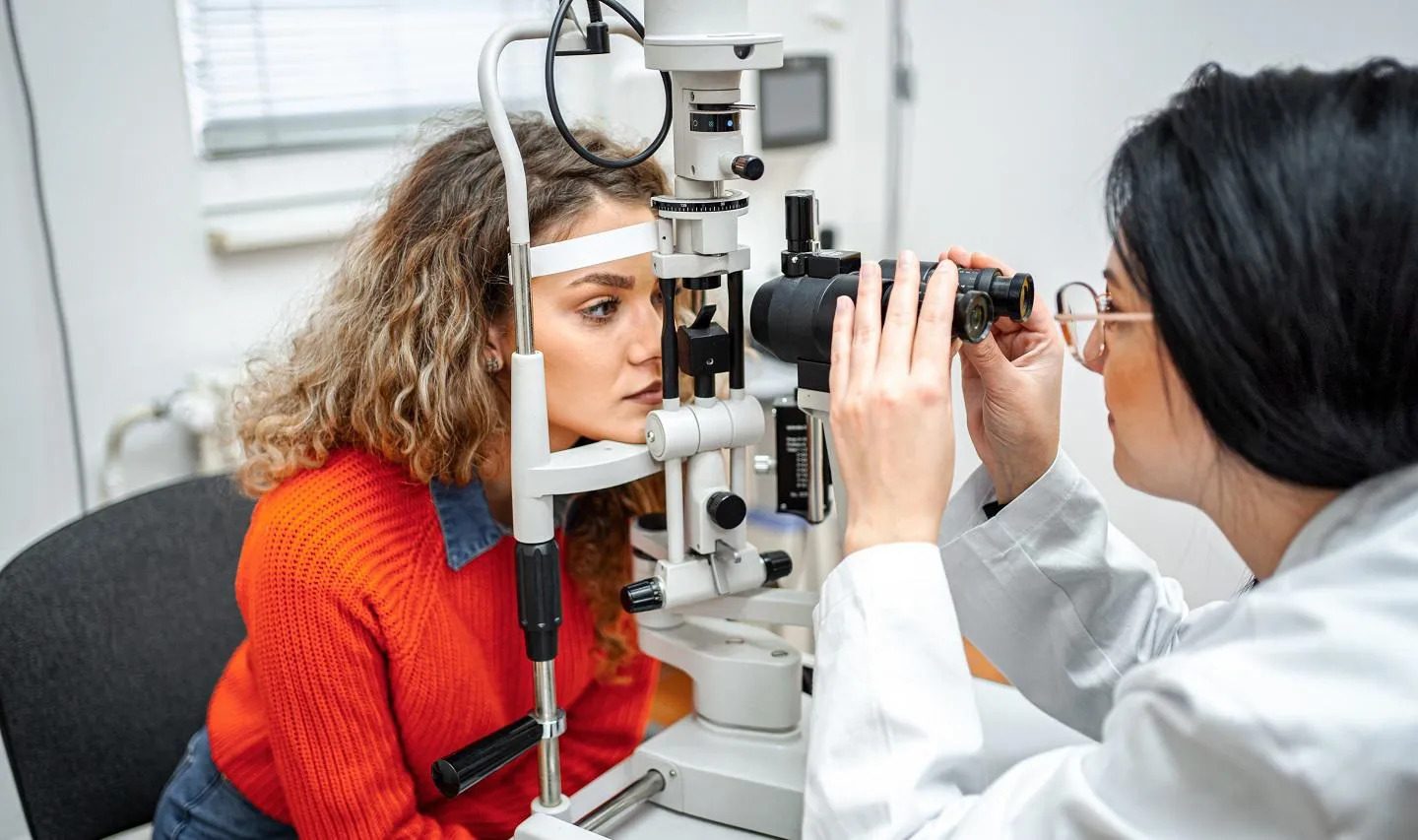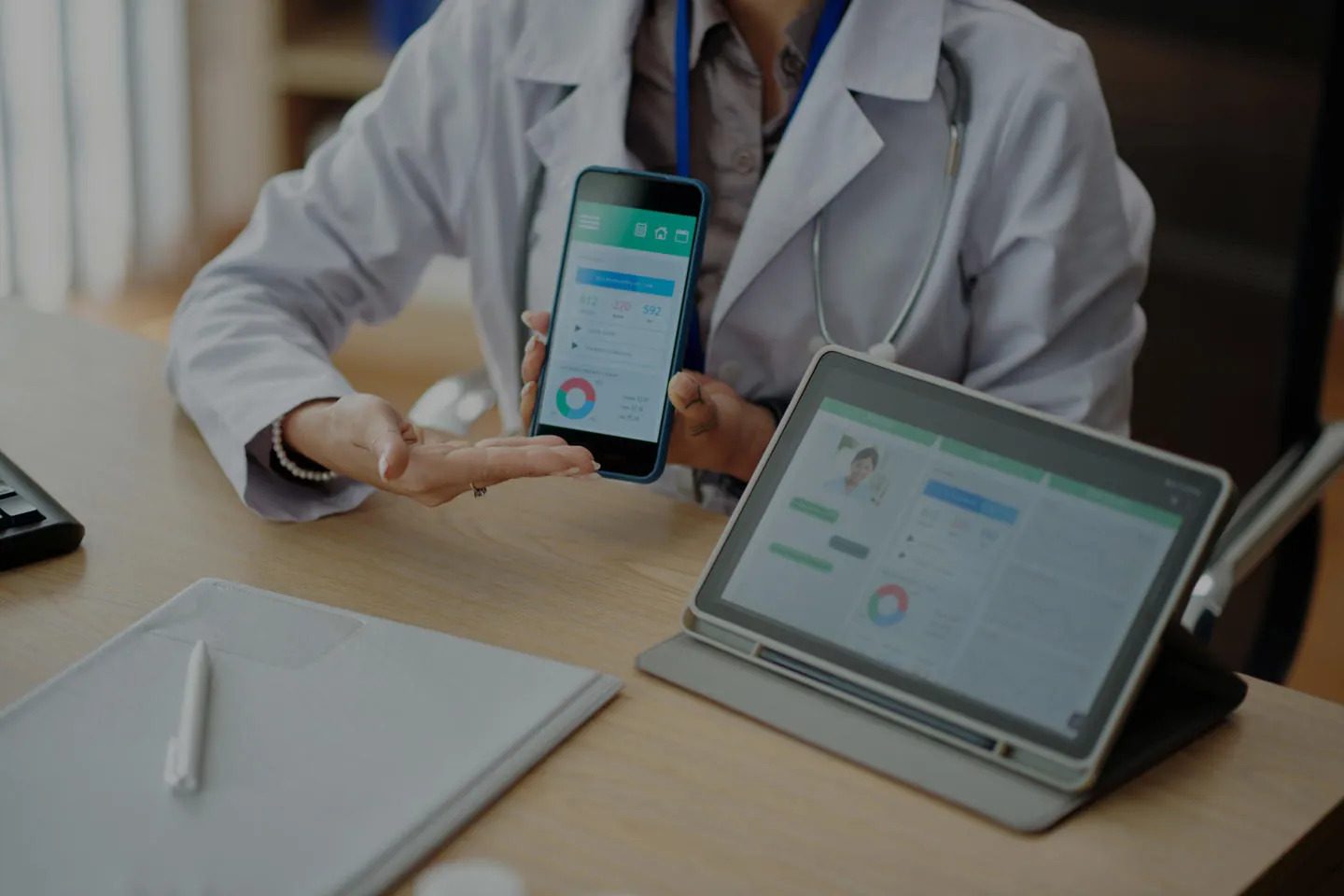Home » News and events »
AI eye to eye with ophthalmologists in diagnosing corneal infections, study finds

Research theme
People involved
Senior Clinician Scientist in AI and Digital Health Technologies
Professor of Test Evaluation and Evidence Synthesis
Eye care specialists could see artificial intelligence help in diagnosing infectious keratitis (IK), a leading cause of corneal blindness worldwide, as a new study finds that deep learning models showed similar levels of accuracy in identifying infection.
In a meta-analysis study published in eClinicalMedicine, a global team of researchers led by University of Birmingham’s Dr Darren Ting and featuring Dr Xiaoxuan Liu and Professor Yemisi Takwoingi from the NIHR Birmingham Biomedical Research Centre’s Data, Diagnostics and Decision Tools theme, analysed 35 studies that utilised Deep Learning (DL) models to diagnose infectious keratitis.
AI models in the study matched the diagnostic accuracy of ophthalmologists, exhibiting a sensitivity of 89.2% and specificity of 93.2%, compared to ophthalmologists’ 82.2% sensitivity and 89.6% specificity.
“AI has the potential to provide fast, reliable diagnoses, which could revolutionise how we manage corneal infections globally.”
Dr Darren Ting, senior author
The models in the study had analysed over 136,000 corneal images combined, and the authors say that the results further demonstrate the potential use of artificial intelligence in clinical settings.
Dr Darren Ting, Senior author of the study, Birmingham Health Partners (BHP) Fellow and Consultant Ophthalmologist, University of Birmingham said:
“Our study shows that AI has the potential to provide fast, reliable diagnoses, which could revolutionise how we manage corneal infections globally. This is particularly promising for regions where access to specialist eye care is limited, and can help to reduce the burden of preventable blindness worldwide.”
The AI models also proved effective at differentiating between healthy eyes, infected corneas, and the various underlying causes of IK, such as bacterial or fungal infections.
While these results highlight the potential of DL in healthcare, the study’s authors emphasised the need for more diverse data and further external validation to increase the reliability of these models for clinical use.
Infectious keratitis, an inflammation of the cornea, affects millions, particularly in low- and middle-income countries where access to specialist eye care is limited. As AI technology continues to grow and play a pivotal role in medicine, it may soon become a key tool in preventing corneal blindness globally.
-
Notes for editors
- For media enquiries please contact Tim Mayo, Press Office, University of Birmingham, tel: +44 (0)7815 607 157.
- The University of Birmingham is ranked amongst the world’s top 100 institutions. Its work brings people from across the world to Birmingham, including researchers, educators and more than 40,000 students from over 150 countries.
- England’s first civic university, the University of Birmingham is proud to be rooted in of one of the most dynamic and diverse cities in the country. A member of the Russell Group and a founding member of the Universitas 21 global network of research universities, the University of Birmingham has been changing the way the world works for more than a century.
- The University of Birmingham is a founding member of Birmingham Health Partners (BHP), a strategic alliance which transcends organisational boundaries to rapidly translate healthcare research findings into new diagnostics, drugs and devices for patients. Birmingham Health Partners is a strategic alliance between seven organisations who collaborate to bring healthcare innovations through to clinical application:
- University of Birmingham
- University Hospitals Birmingham NHS Foundation Trust
- Birmingham Women’s and Children’s Hospitals NHS Foundation Trust
- Aston University
- The Royal Orthopaedic Hospital NHS Foundation Trust
- Sandwell and West Birmingham Hospitals NHS Trust




